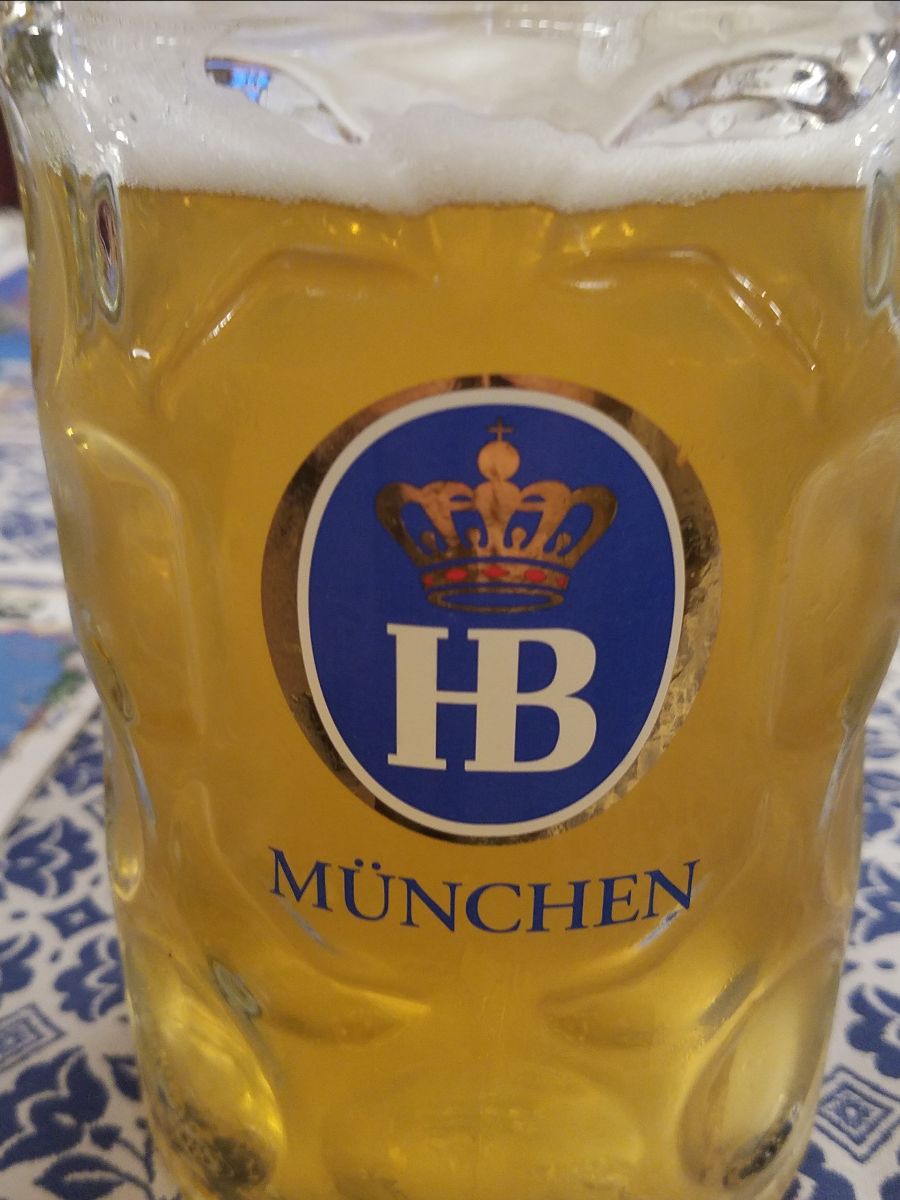Prost!
Germany is the land of beer, castles, and automobiles. They excel in areas of modern gastronomy, but they also make a point to celebrate their traditional regional cuisine with extravagant enthusiasm. Oktoberfest is a 16 to 18-day long folk festival held in the city of Munich. During the festivities, over 7.7 million liters of delicious Festbier is expected by over 6.6 million locals and visitors. In the west of the country, neighboring Alsace, some of the best expressions of Riesling wine come from the Mosel Valley. Additionally, Germans are known for their pungent herbal liquor and cordials. Craftsmanship and passion can be expected when enjoying German food and beverage, they are both so Wunderbar!
Carl Sittman Riesling
Food Pairing
Flammkuchen
Cooking Tips:
- When working with dough, allow enough time between kneading and rolling. Gluten needs time to slack, so that when you shape it does not slink back.
- Do not let your dough portions dry out before baking. It will cause cracks and a sad tough crust during the bake. Layer each individual layer in plastic wrap or lightly damp cloth.
- If you have an oven with a maximum of 600 or lower then consider using a pizza stone. If you do not have a pizza stone then preheat a thick baking sheet turned upside down and use that as your cooking surface.
American-Style Marzen/Oktoberfest:
A delicious style of beer that would be considered a throwback on the green of Theresienwiese. It is mostly clear and pale to reddish-brown in color and clarity. On the palate, the aroma and flavor are sweet, lightly toasted, and malty character. It can be almost bready like a biscuit, with almost caramel undertones. The hop notes come through subtly and exhibit herbal, pasture, exotic spice, and floral or citrus attributes. This style is mildly bitter and holds a medium body. American-Style Maerzen is a beer made to enjoy a pint or two to transport you to the world-famous German festival.
The festivities of Kronprinz Ludwig and Princess Therese of Saxe-Hildburghausen on 12 October 1810 have continued to this day. But, it morphed from a wedding celebrating into an agriculture carnival. Local breweries became increasingly invested in the horse races that were a regular feature of the festival, and eventually, they all sponsored teams. Traditional Märzen lager and a paler Festbier are now more commonly served at Oktoberfest.
With the event growing every year, rules were put in place to ensure a quality experience. Only six breweries are currently allowed to produce Oktoberfest beer. The current list is Augustiner-Bräu, Hacker-Pschorr-Bräu, Löwenbräu, Paulaner, Spatenbräu, and Staatliches Hofbräu-München. The stateside options are a little less rigid, but two dominant styles prevail. German-Style Oktoberfest/Wiesn and American-Style Marzen/Oktoberfest. Regardless of whatever style you prefer, it will make for a delicious celebration!
German-Style Oktoberfest/Wiesn:
A delicious style of beer that would be considered a throwback on the green of Theresienwiese. It is mostly clear and pale to reddish-brown in color and clarity. On the palate, the aroma and flavor are sweet, lightly toasted, and malty character. It can be almost bready like a biscuit, with almost caramel undertones. The hop notes come through subtly and exhibit herbal, pasture, exotic spice, and floral or citrus attributes. This style is mildly bitter and holds a medium body. American-Style Maerzen is a beer made to enjoy a pint or two to transport you to the world-famous German festival.
Munich-Style Helles:
If you have chatty friends, this brew holds its head well, making it a fun beer that can last longer than a conversation. It usually runs pale to gold in color with crystal clear clarity. This brew has a strong malt aroma, and the malt flavors are forward and distinct. The malt gives off pure notes of fresh bread and malted barley. You might be able to detect sulfur aromas that should balance with other attributes of the beer. Munich-Style Helles are hopped lightly. They give off little hop aroma and bitterness but typically use noble-type hops. And with that, to Helles with it, let’s have another round!
Cocktails To Try
Radler75
“The Bikers Mug”
Radlers (also known as a Shandy) have been around since before the 19th century. This concoction has taken Germany and the world by storm, becoming a beloved drink and a quite refreshing one at that. Although how it came to be is up to speculation. Some think it got its start when people couldn’t afford fancy French champagne and instead took to mixing the bubbly drink with ale. However, the second theory is a crowd favorite. Story has it that a German pub owner that was situated along a cycling trail and had an unexpected turn out of 13,000 cyclists arrive in one day since it was an up and coming sport in Germany. Running low on beer, he took to mixing beer with lemon soda. Cyclists loved the beverage since it was refreshing and had a low ABV which meant they could continue with their cycle without feeling the effects of the beer. A win-win for the pub owner and the rest of the world!

Ingredients:
2 parts Beer
1 part Lemonade or Lemon-Lime Soda
Germans use citrus soda but call it lemonade when it’s actually lemon-lime flavored
Shandies tend to be mixed with other fruit juices such as grapefruit and orange juice.
Radler’s tend to use lagers or a light ale to mix

